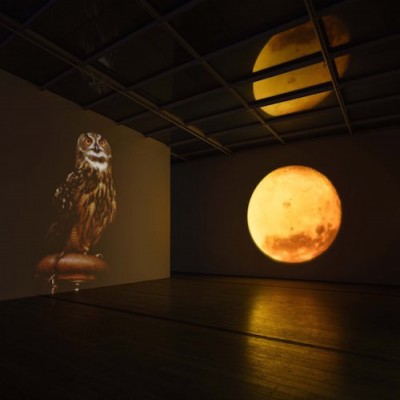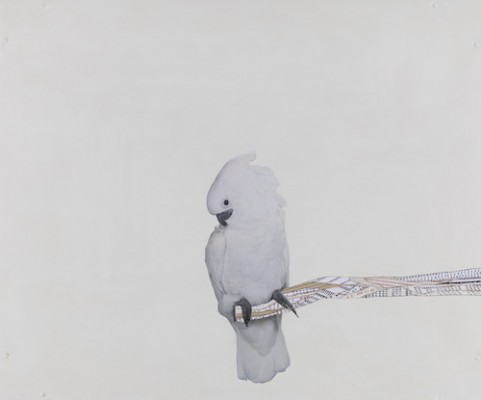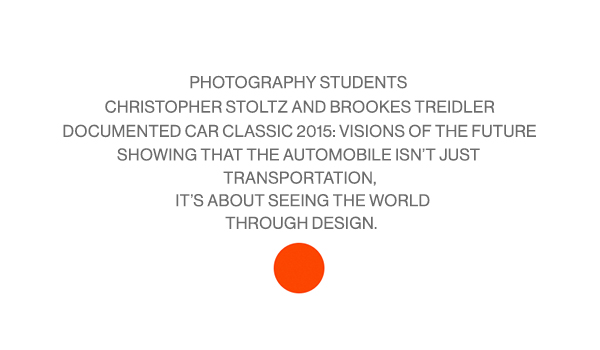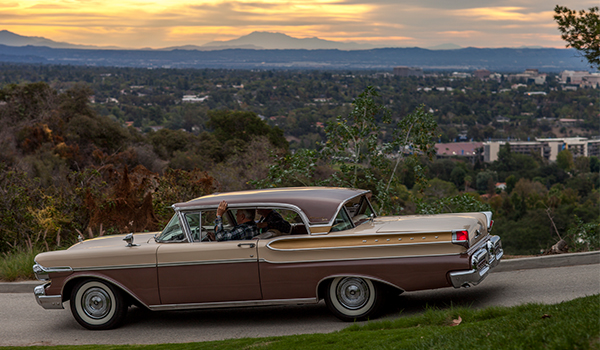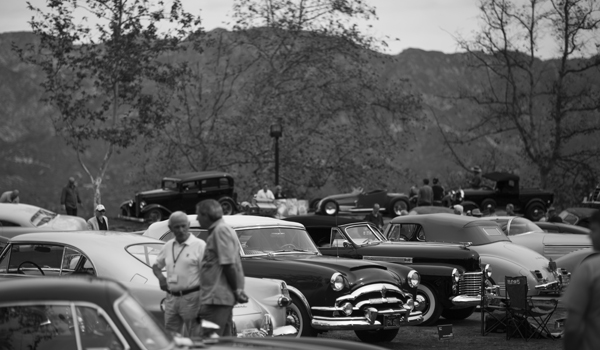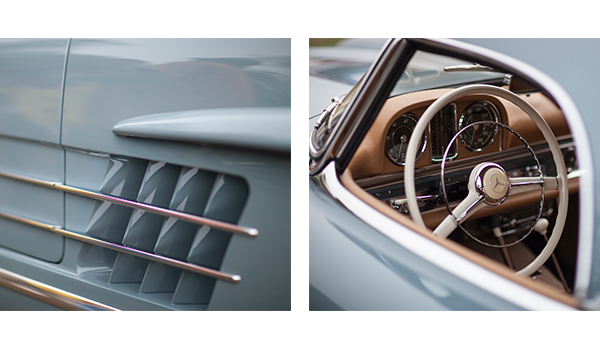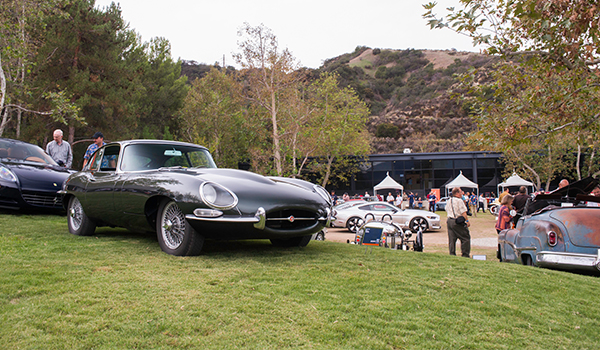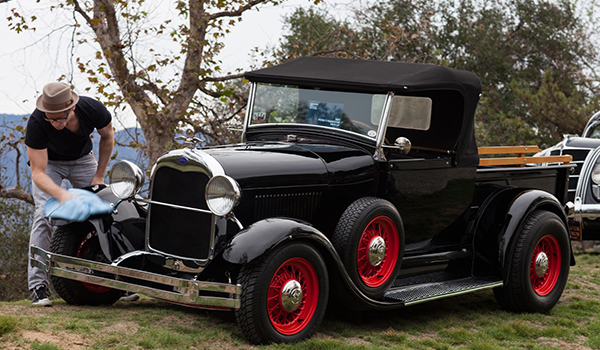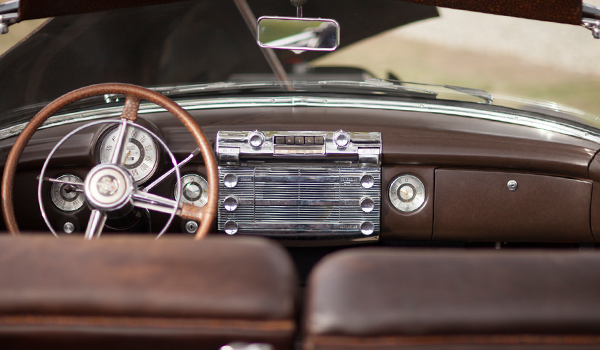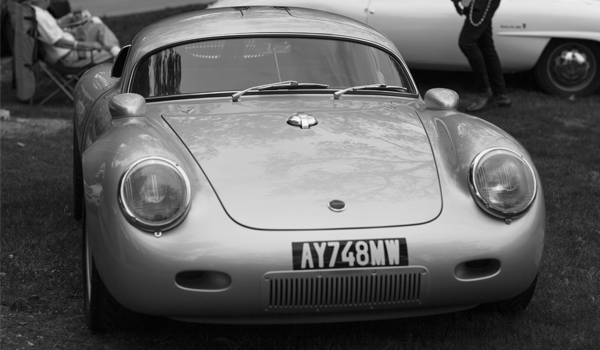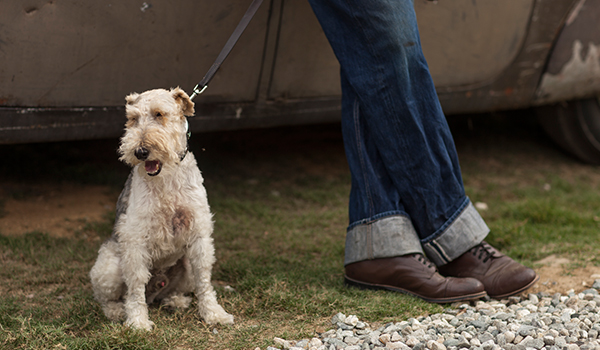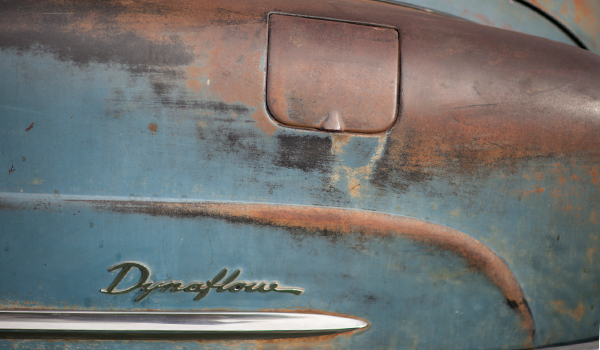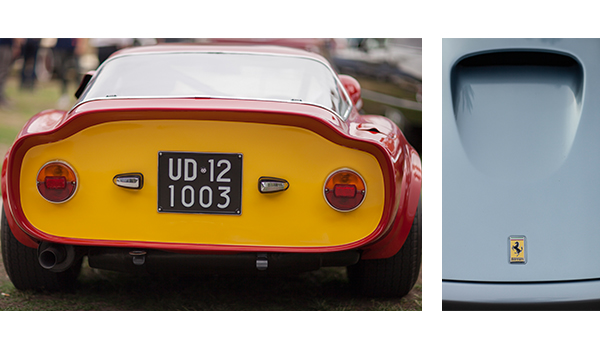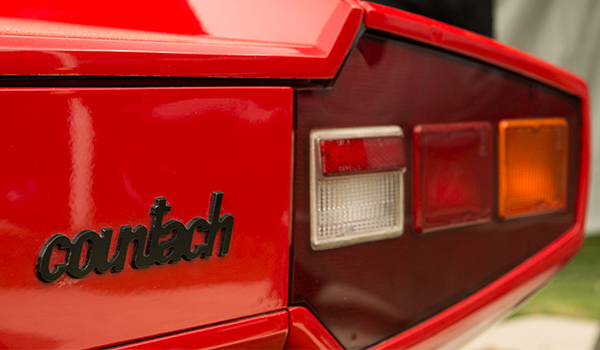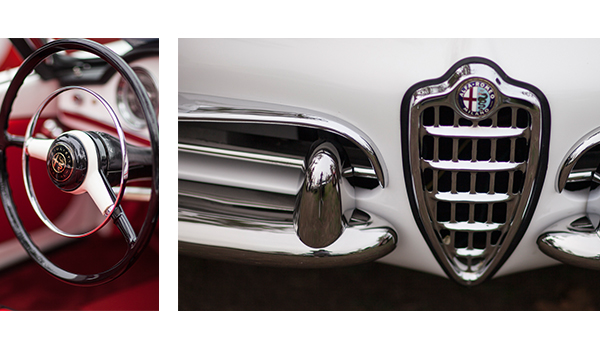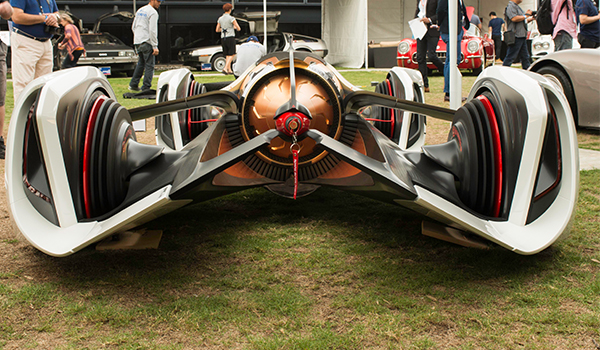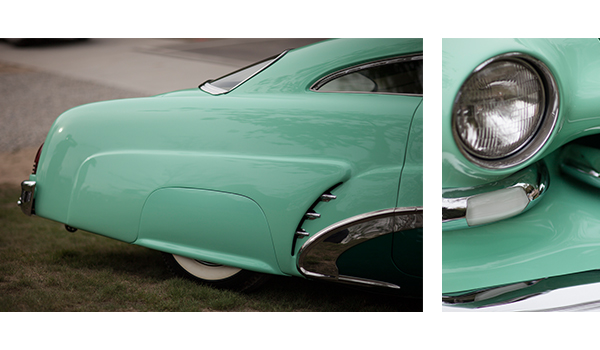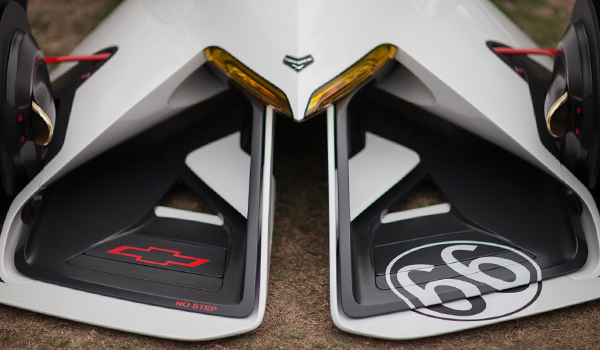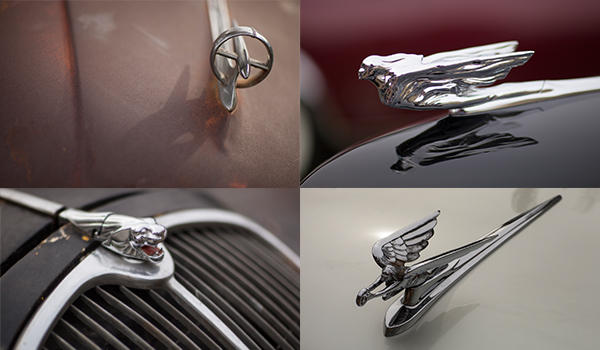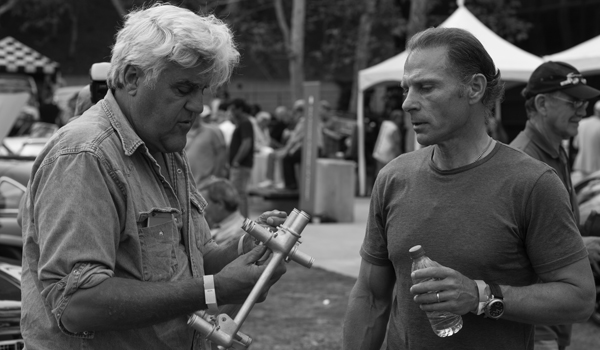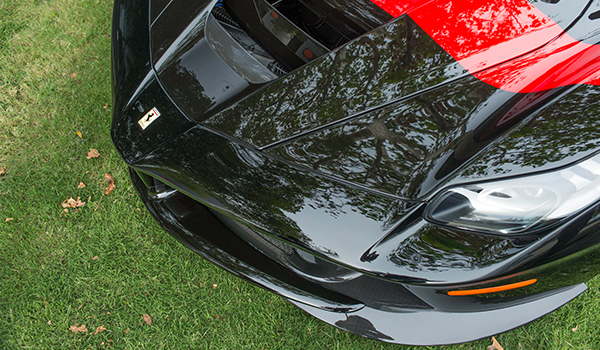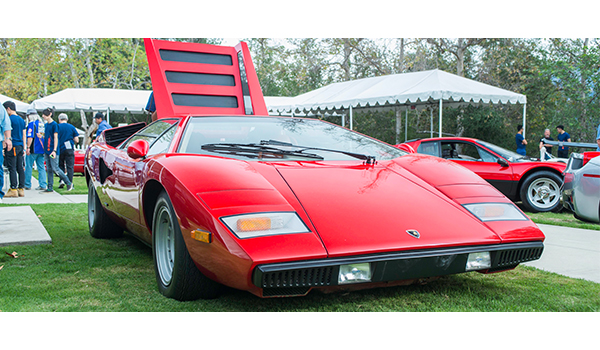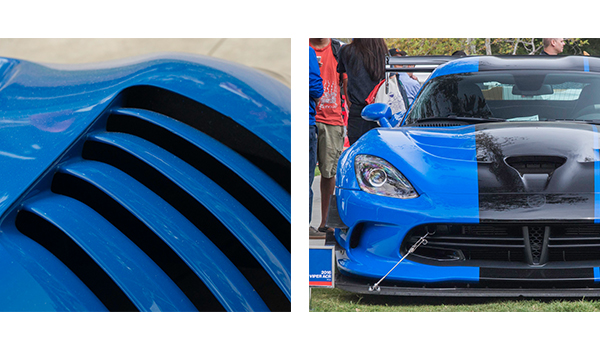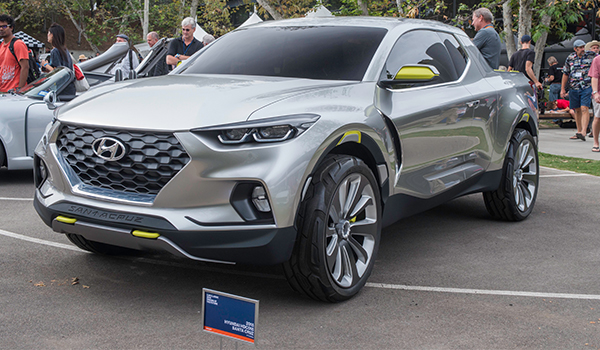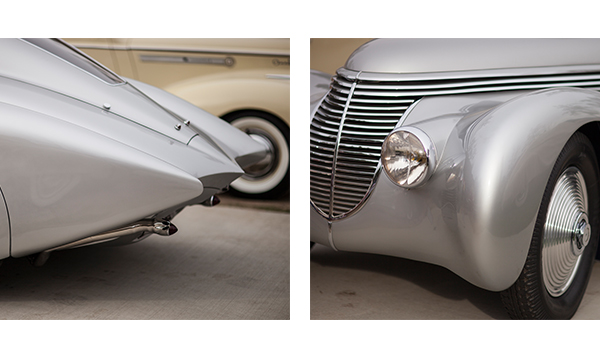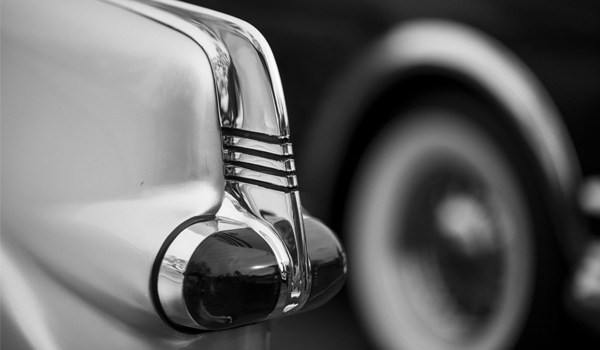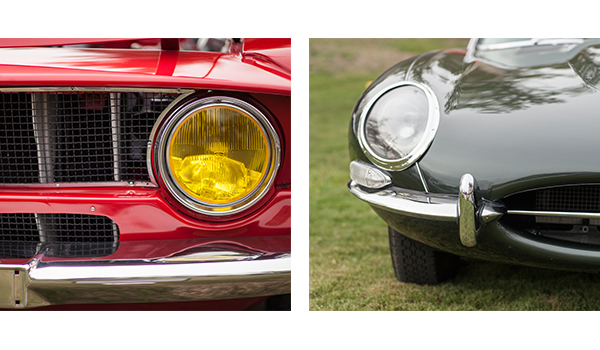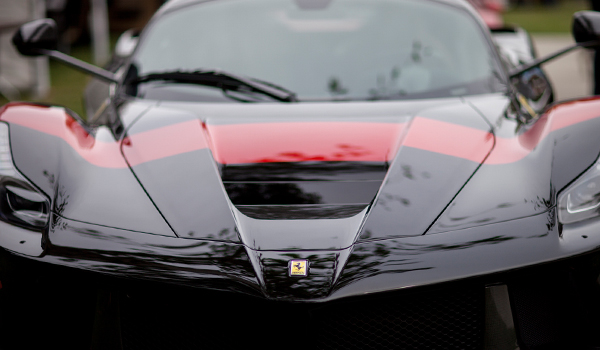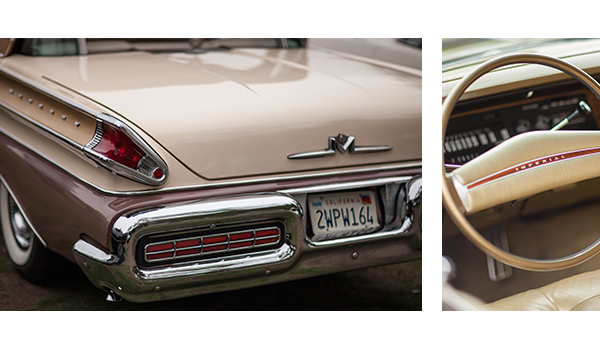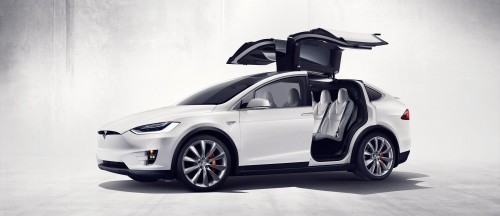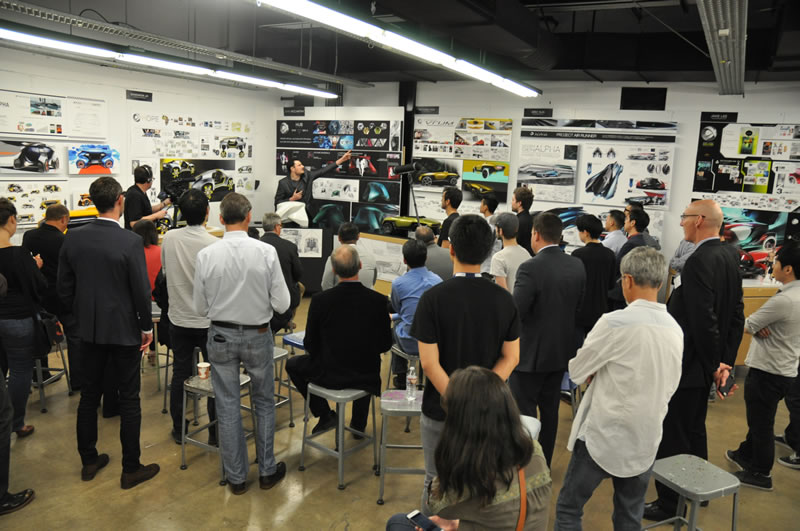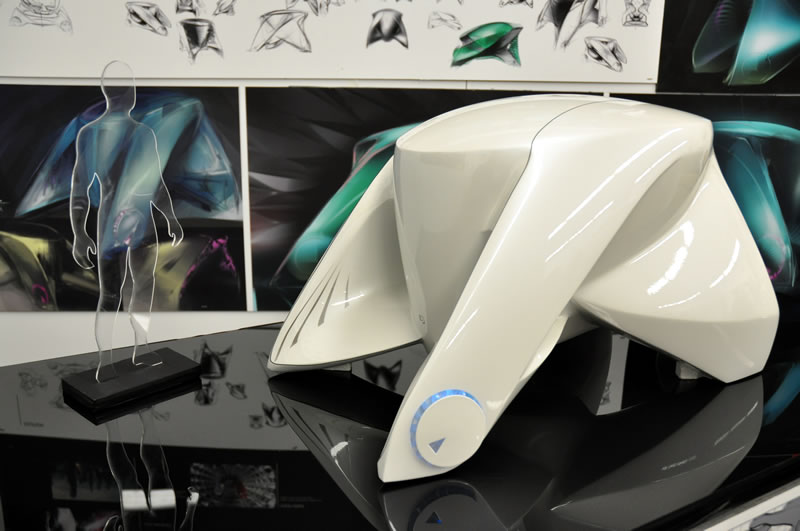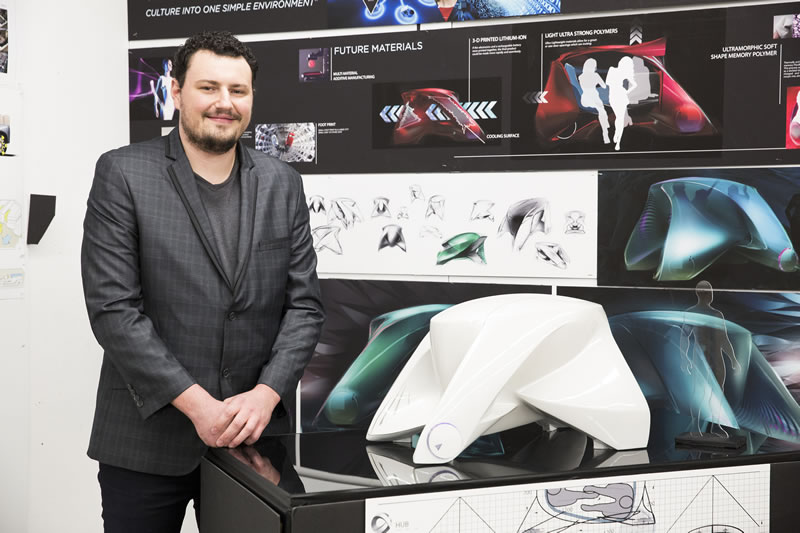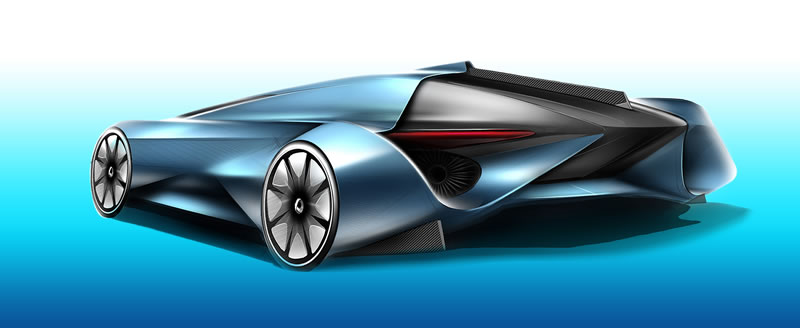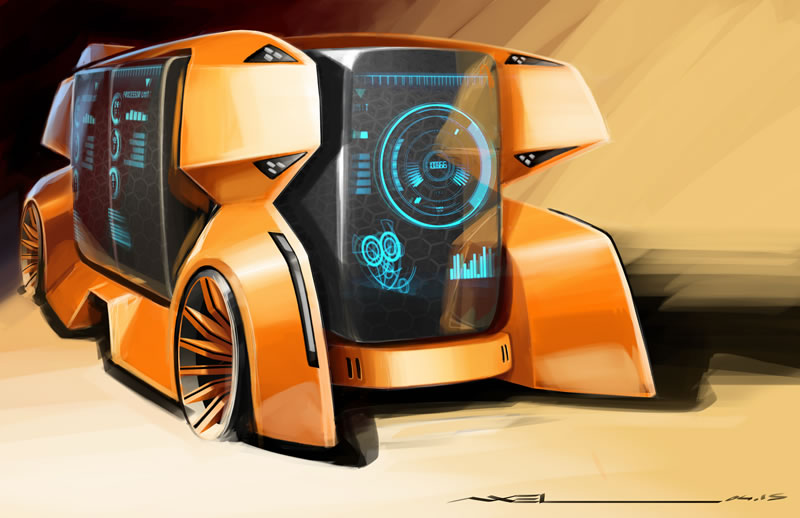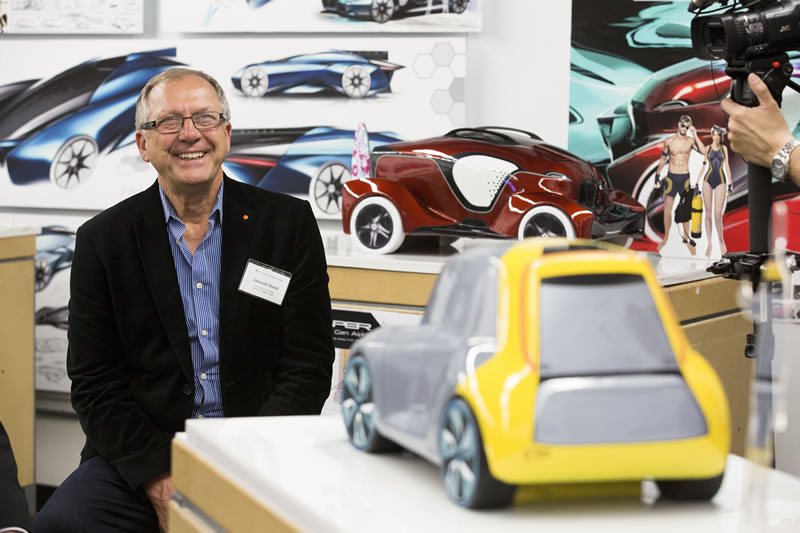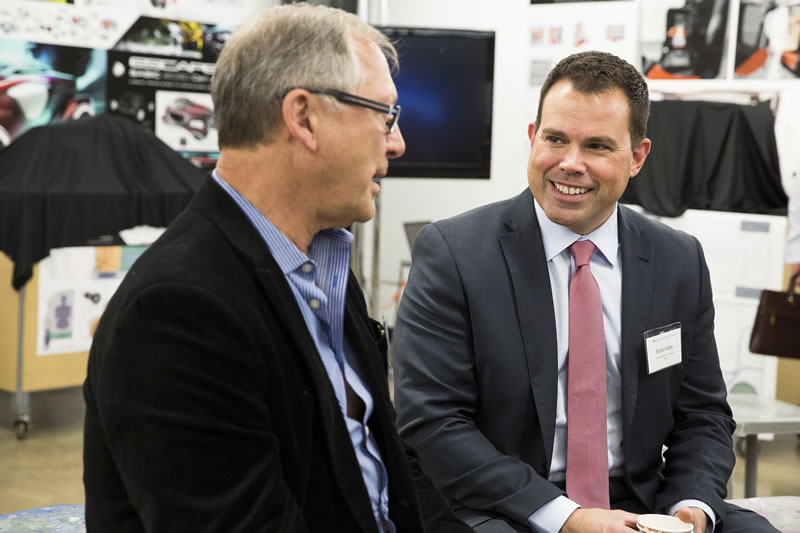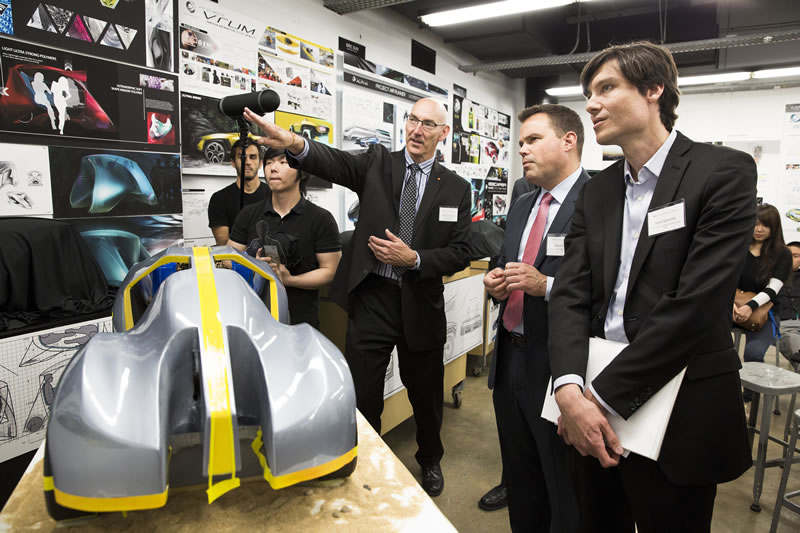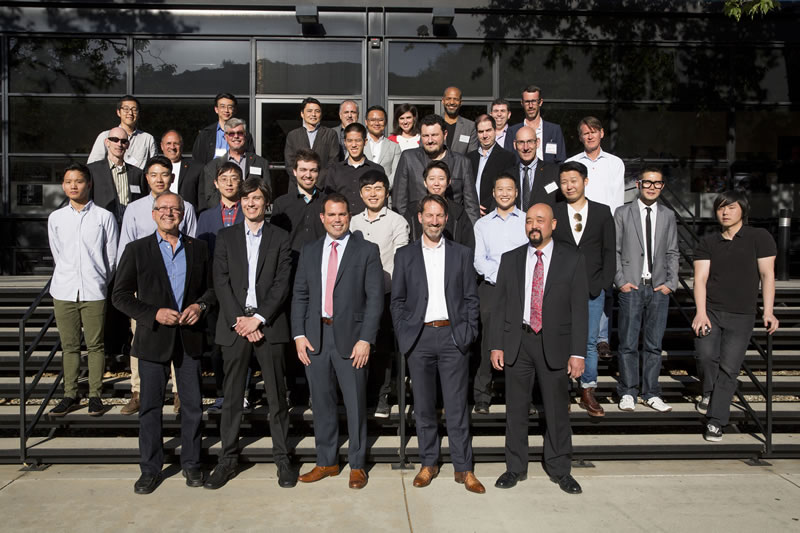This story first appeared in Dot magazine.
One day, when then 6-year-old future Transportation Design student Thokozani Mabena was playing with friends in the shanty town where he grew up, in authoritarian-ruled Zimbabwe, he was drawn to a magazine he spotted near some trash bins.
Poring through the magazine, Mabena saw an article showcasing a Japanese designer who conceptualized the Nissan Z sports car. The article also featured a big, round, bright orange dot. Mabena didn’t know, during that pivotal moment of curiosity, that the dot represented ArtCenter, but he instinctively liked the article’s gorgeously vivid car design sketches.
“I’ve been sketching since I was 3. I was like, ‘Wow, maybe this is something I could do one day!’ and I just stored the thought in my memory bank,” said Mabena. “I didn’t know what a classic car was. I knew public transportation. I rode in carriages, pulled by a donkey. One time I rode an actual bull. Sometimes we had to walk long distances. Sometimes we took a truck with an open bed, and stood for hours. We rode bicycles, and in trains, buses, and then cars.”
Three decades after first seeing that ArtCenter dot, Mabena—who came to the United States in 2006 as a refugee—is now set to graduate this term, and will debut his ArtCenter Grad Show thesis project Airbnb-GO on April 20.


